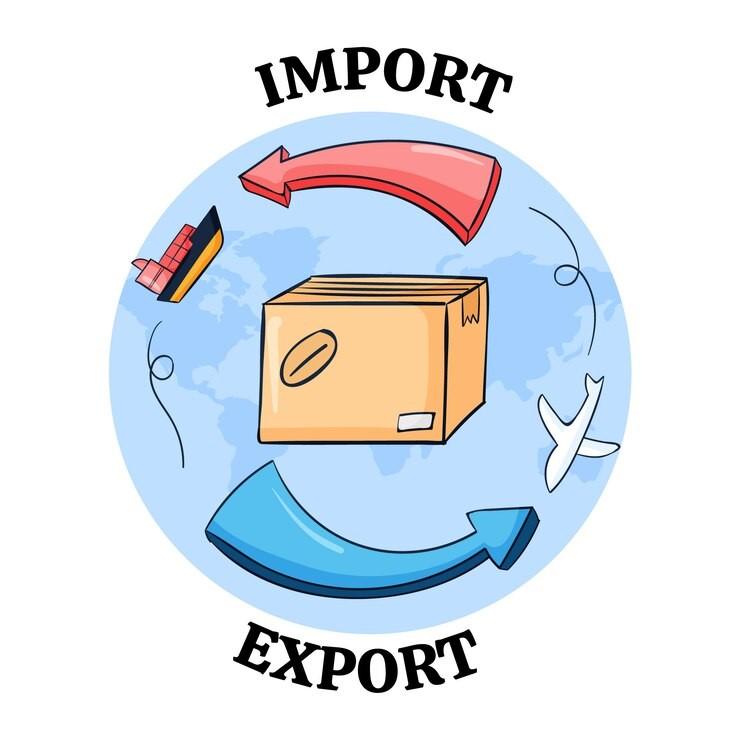Notifications

3 minutes, 37 seconds
-12 Views 0 Comments 0 Likes 0 Reviews

Introduction: Why ISO 45001 Certification Matters Today
Workplace safety is no longer just a legal requirement—it’s a core value that defines a responsible and sustainable organization. ISO 45001 certification is the international standard for occupational health and safety (OH&S) management systems, designed to protect employees, reduce workplace risks, and create better, safer working conditions. In an era where employee well-being influences reputation and performance, ISO 45001 offers a structured approach to embed safety into every level of business operations.
Understanding ISO 45001: A Proactive Safety Management System
ISO 45001 focuses on identifying hazards, assessing risks, and implementing controls to prevent injury and ill-health. Unlike older safety standards, ISO 45001 emphasizes proactive risk management, employee involvement, and continuous improvement. The certification process confirms that an organization has integrated OH&S practices into its core operations, aligning health and safety strategies with overall business goals. This holistic approach helps create a culture where safety is not just enforced—but lived.
Benefits of ISO 45001 Certification: From Compliance to Culture Shift
Achieving ISO 45001 certification brings tangible and intangible benefits. It reduces workplace incidents, improves regulatory compliance, and lowers insurance and legal costs. Beyond compliance, it demonstrates an organization’s genuine commitment to its workforce. Certified companies often see increased employee morale, higher productivity, and better stakeholder relationships. In global markets, ISO 45001 also strengthens brand credibility and opens up new business opportunities where safety standards are a prerequisite.
ISO 45001 Implementation: A Strategic and Collaborative Process
Implementing ISO 45001 involves more than meeting checklists. It begins with leadership commitment, followed by risk assessments, the development of policies and procedures, and workforce training. A strong emphasis is placed on worker consultation and participation. Once the system is in place, internal audits and management reviews help ensure readiness for the external certification audit. Continuous monitoring and improvement are required to maintain the standard and adapt to changing risks.
Common Challenges and How to Overcome Them
Many organizations assume ISO 45001 is complex or too resource-intensive, especially small businesses. However, the standard is designed to be scalable and flexible. Challenges like lack of awareness, resistance to change, or unclear responsibilities can be overcome through employee involvement, strong communication, and expert guidance from accredited consultants or training providers.
Conclusion: ISO 45001 as a Long-Term Investment in People and Performance
ISO 45001 certification is more than a safety checklist—it’s an investment in the health, trust, and sustainability of your organization. By aligning safety with strategy, businesses can protect their most valuable asset—their people—while driving resilience, compliance, and performance. In today’s evolving work environment, ISO 45001 sets the foundation for a safer, stronger future.

